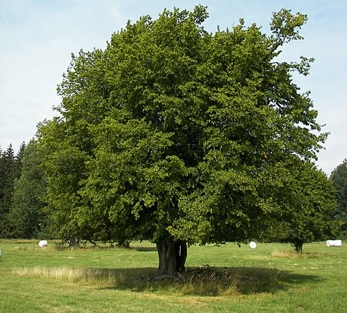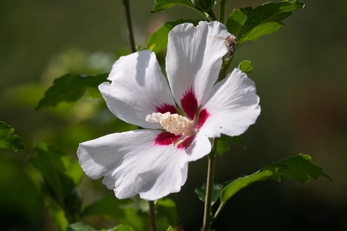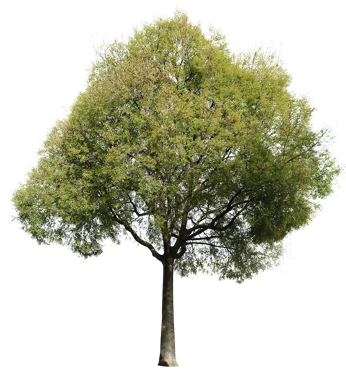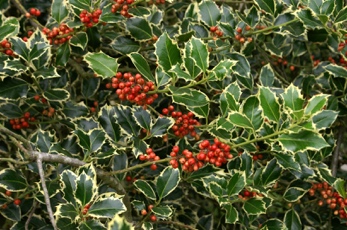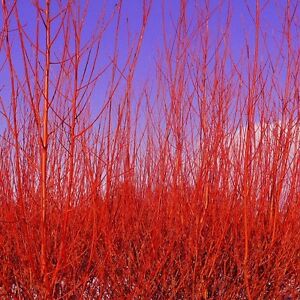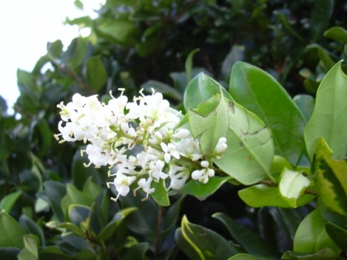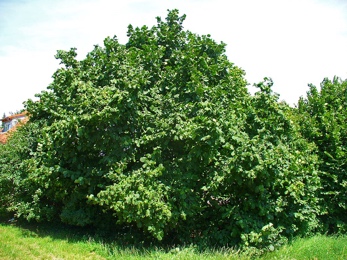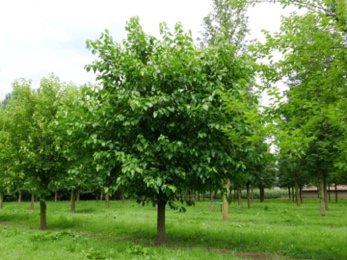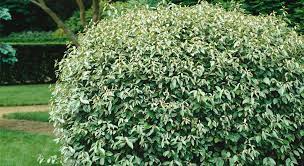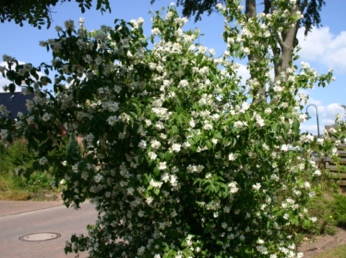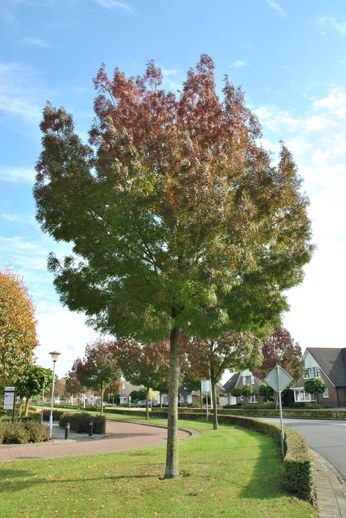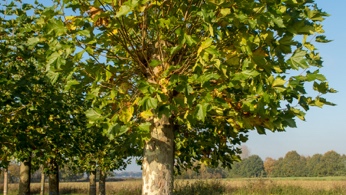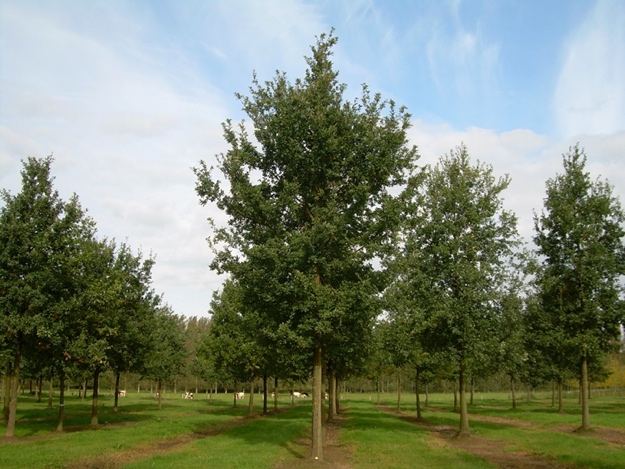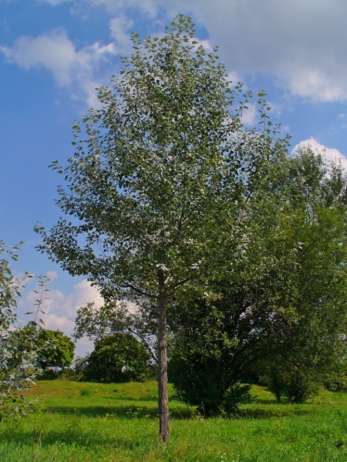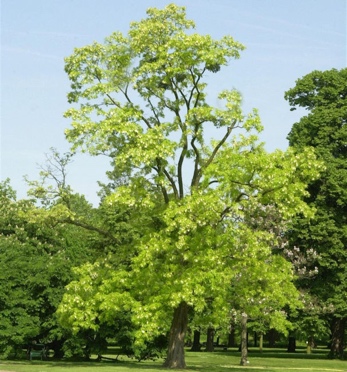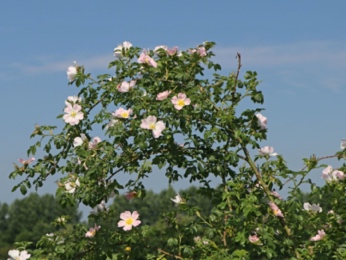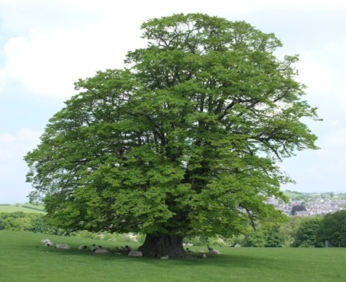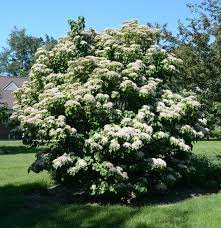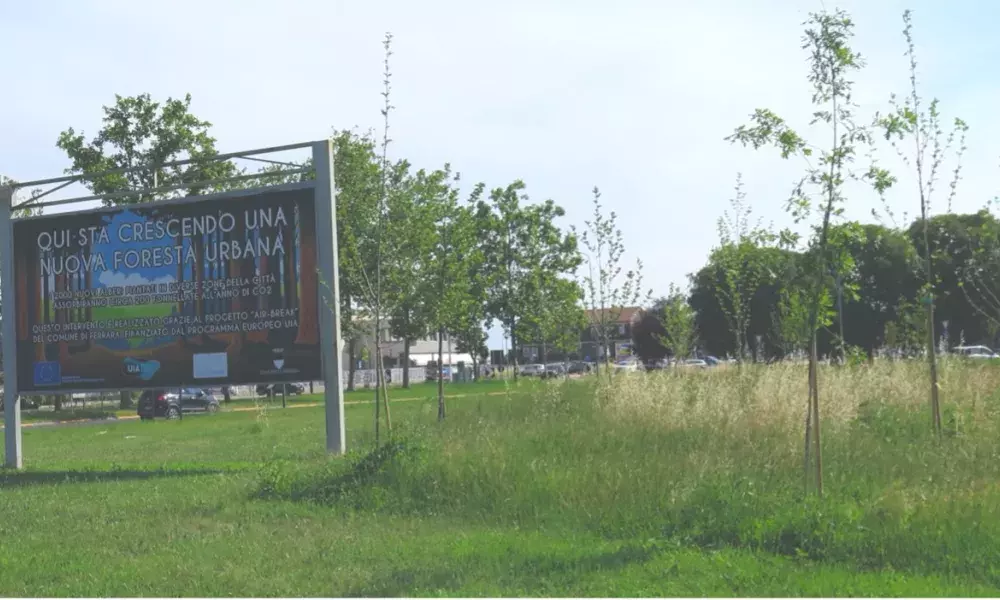
This new vegetation is expected to contribute absorbing air pollutants, to mitigate heat-island phenomena, as well as to overall benefit urban drainage and to enhance the environmental and landscaping quality of the city. Furthermore, in this reforestation action, Air-Break is also testing an innovative technology that has the potential to become a new standard for urban plantations in dry climates.
Where to Grow an Urban Forest in Ferrara?
Ferrara is characterised by an UNESCO World Heritage historical Renaissance centre embraced within the city walls, surrounded first by a series of large urban additions from the 20th Century and then by a scattered landscape of industrial settlements and agricultural fields and farms that develops along four main road axes.
From an environmental point of view, such an urban conformation, along with additional geo-morphological factors, contributes to an overall poor air-quality, to the generation of heat islands, as well as to scarce urban drainage. Additionally, from a landscaping point of view, the connections and junctures between the historical city, the 20th Century’s expansion and the industrial/agricultural outskirts are often problematic and fragmented.
Growing a new urban forest in such a context, offers the opportunity to mitigate these problems, from the improvement of air quality to the reduction of heat-island effect and enhancement of urban drainage, up to the development of a more pleasant landscape and enjoyable and public space.
Against this background, the Municipality of Ferrara identified five core locations for the Air-Break reforestation actions: the City Walls (1); the main commuting axis of Via Eridano (2), Via Monteverdi (3), and Via Modena (5); and around the area of the Trade Fair (4).

Along the UNESCO City Walls (Baluardi) the project aims at improving the current situation by enriching the existing vegetation with 60 new trees. Moreover, in order to preserve the original landscape characterisation of the area, the project also conducted an historical research in order to retrace the set of endemic species that once characterised the area and therefore reproduce the same botanic variety.

Via Eridano is the main north-west access road to Ferrara, also connecting the city with the A13 Bologna-Padua motorway. The road is flanked on the north by the petrochemical industrial complex, and on the south by the large commercial area of Tosano. The green strip that separates the road from the commercial area lacks a precise landscaping identity. Therefore, Air-Breaks here intervenes with the creation of a series of reforestation islands and spots covering a total area of ca. 4500 sqm.
The islands and spots are dominated by tall trees (chiefly Tilia Cordata) sided by a variety of smaller trees and shrubs, and this allows enhancing the aesthetic value of the area as well as the shadowing of the shops’ parking lots. Moreover, plants have also been selected according to their capacities to absorb and capture volatile air pollutant, as well as to enhance local biodiversity.

The reforestation site of Via Monteverdi develops at the intersection between Via Veneziani and Via Bologna, a major artery heading south-west towards Bologna. The so-called “Parchetto Monteverdi” was a meadow aiming at isolating the residential neighbourhood from the road traffic. Yet, due to a total lack of quality vegetation and basic infrastructure, the area was scarcely attractive and prone to neglect.
In this context, Air-Break sets to provide a new aesthetic and functional quality to the area. For this purpose, patches of trees with a good planting density will be created, maintaining the full permeability of the soil surface, thus favouring the balance between precipitation, evaporation, feeding of the aquifer and surface runoff, even in the case of particularly intense episodes.
All without neglecting the aesthetic aspect of the landscaping composition, which results in an averagely dense forestation, with variable shapes and volumes and large stretches of grass, with the dual function of crossing and promenade.

Designed by the renown Italian architect Vittorio Gregotti, the Trade Fair is a major built heritage for Ferrara. Yet it is located in proximity to the motorway’s access to the city, hence in an area severely affected by traffic pollution.
The fair develops over an area of 26,000 square meters, inclusive of two large open squares accounting for 10,000 sqms in total. In this context, the reforestation project stems out of the idea of giving greater representative weight to this area, reinforcing the design inspiration that guided its birth: an outdoor room for the exhibition centre, a space for temporary outdoor exhibits.
The project, in fact, proposes the creation of green rooms, formed by shrubs of different botanical varieties, where outside exhibition activities could also be hosted. The shrubs are arranged to optimize various functions. First, the new reforestation plays an important ecological role in the regulation of microclimate and biodiversity, as well as in the mitigation of temperatures and of air and acoustic pollution. Second, it adds value and aesthetic quality to the local landscape, which is now completely bare. Third, it enhances the public’s accessibility, usability, and enjoyment of these spaces.

The reforestation project along Via Modena intends to transform the area into a park, revolutionizing the relationship that binds it to the cemetery: no longer an empty green strip to separate the road from the cemetery, rather a "container" for the latter, endowed with equal dignity, and thus strongly enhancing the aesthetics and landscaping value of the entire area.
The choice of plant species is determined by specific environmental needs as well as by the pre-existing features of the site. The project distributes 47 lime trees and 500 shrubs on an area of approximately 4,600 square meters. The composition of the plants and shrubs, not only offers a pleasant view, but also shading and coolness, mitigating the high summer temperatures. Moreover, the inclusion of urban greenery near pedestrian and cycle paths is also useful for promoting slow mobility, improving air quality, and mitigating heat island effects.

What Species?
The new plants are expected to contribute absorbing air pollutants (e.g., PM2,5 and PM10; nitrogen oxides; ozone), to mitigate heat-island phenomena, as well as to overall benefit urban drainage. The species of vegetation to plant (see Table 1) have been carefully selected by the Municipality in collaboration with an expert agronomist and, in the case of the City Walls also by the Superintendence for Cultural Heritage in order to preserve to historical landscaping of the site.
Table 1 - Selected Trees and Shrubs. Source: the Author
| Species | |||
|
| Carpinus Betulus - Via Eridano - Via Monteverdi |
| Hibiscus Syriacus - Via Modena |
|
| Celtis Australis - City Walls |
| Ilex Aquifolium - Via Modena |
|
| Cornus Sanguinea - Via Eridano - Via Monteverdi - Trade Fair |
| Ligustrum Sp. - Via Eridano - Via Monteverdi - Trade Fair |
|
| Corylus Avellana - Via Eridano - Via Monteverdi - Trade Fair |
| Morus Alba - Via Eridano |
|
| Eleagnus x Ebbingei - Via Modena |
| Philadelphus Coronarius - Trade Fair |
|
| Fraxinus Angustifolia - Via Monteverdi |
| Platanus x Hispanica - Via Monteverdi |
|
| Quercus Robur - Via Eridano - Via Monteverdi |
| Populus Alba - Via Eridano |
|
| Robinia Pseudoacacia - City Walls |
| Rosa Canina - Via Eridano - Via Monteverdi - Trade Fair |
|
| Tilia Cordata - City Walls - Trade Fair - Via Modena |
| Viburnum Sp. - Via Modena |
Planting Technology
The new vegetal species will be planted using the Tal-Ya™ trays: an innovative technology that collects and conveys dew towards the root system of plants, thus allowing a more efficient watering of the vegetation.
This technology is expected to be particularly beneficial for the taking root and survival of newly planted young trees and shrubs, especially within their first two/three years of life. Specifically, the Tal-Ya trays shall allow saving water and fertilisers while enhancing the growth of the plants; reducing weeds and salinisation; favouring the natural preservation of the soil; and ultimately potentially mitigating the effects of increasingly dry and hot seasons in Ferrara (see Figure 20).

In order to test and validate this potential, the University of Ferrara will monitor the contribution of the trays to generating more favourable soil conditions for plants’ growth and survival.
Through a set of humidity and temperature sensors (Figure 21) connected to a photovoltaic-powered datalogger (Figure 22 and 23), the project will compare soil indicators in relation to the growth of various trees and shrubs planted with and without the Tal-Ya trays in the reforestation area of Via Eridano, in order to assess the performance and impact of the trays.


Results of this experimentation are expected to be available in late 2023. Whether the trays will hold true to the expectations, they have the whole potential to be largely adopted by several cities across Europe and beyond, especially in increasingly dry climates (see Figure 24) where the natural as well as the artificial watering of plants is strongly limited.

Conclusions
With the Air-Break project, Ferrara is leading by example in the renaturing and reforestation of formerly underutilised and neglected urban green areas. In doing so, the city is creating new liveable and enjoyable quality landscapes that, thanks to a careful selection of species, will also contribute absorbing air pollutants, to mitigate heat-island phenomena, as well as to overall benefit urban drainage. Furthermore, the experimentation of the Tal-Ya trays may contribute mainstreaming a new, affordable, and sustainable technology to facilitate the rooting and survival of urban plantations in dry climates.
Video realised by G. Cavalazzi and P. Verga for the public dissemination and showcase of the Air-Break Ferrara reforestation activities.
About this resource
The Urban Innovative Actions (UIA) is a European Union initiative that provided funding to urban areas across Europe to test new and unproven solutions to urban challenges. The initiative had a total ERDF budget of €372 million for 2014-2020.
Similar content


